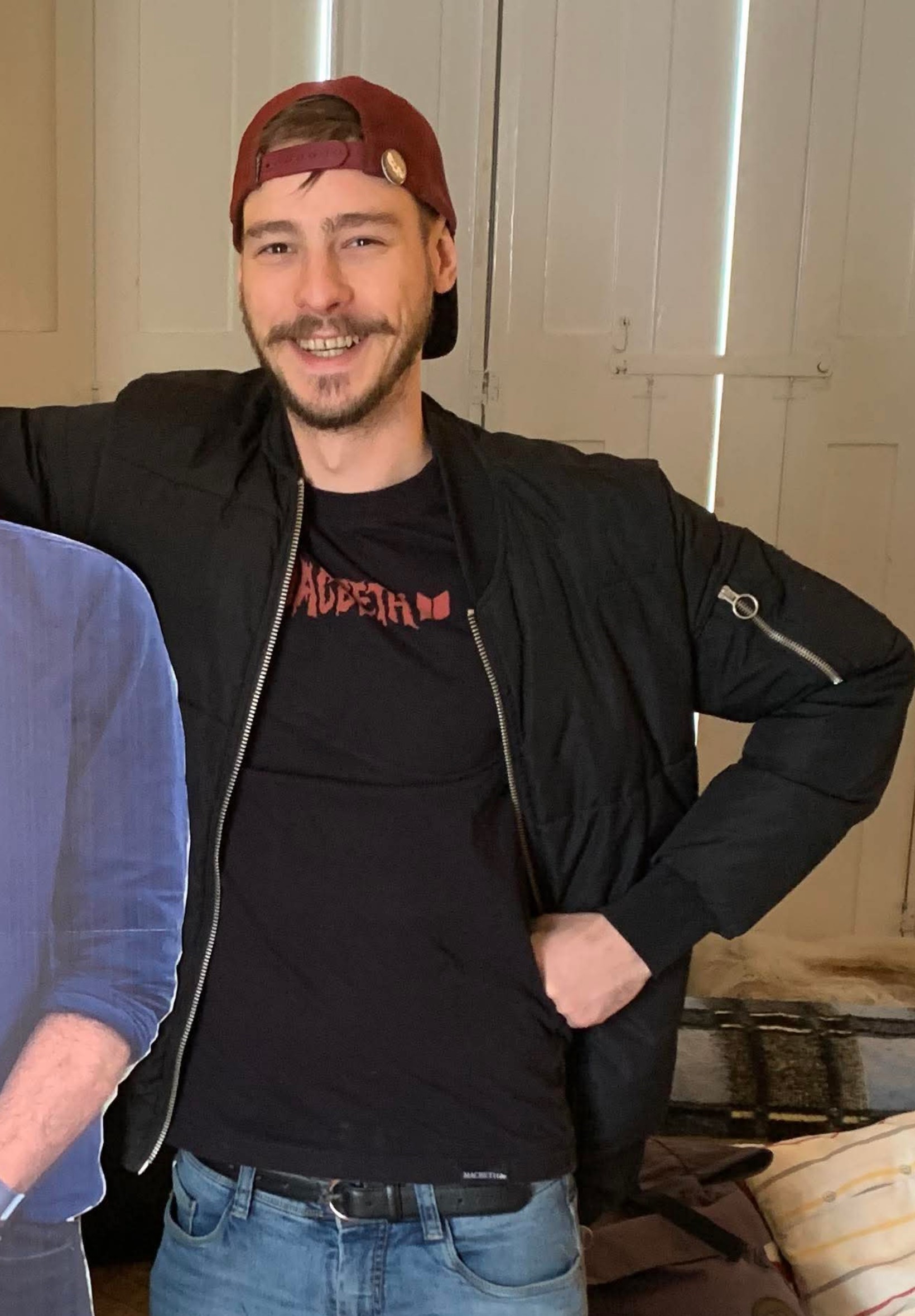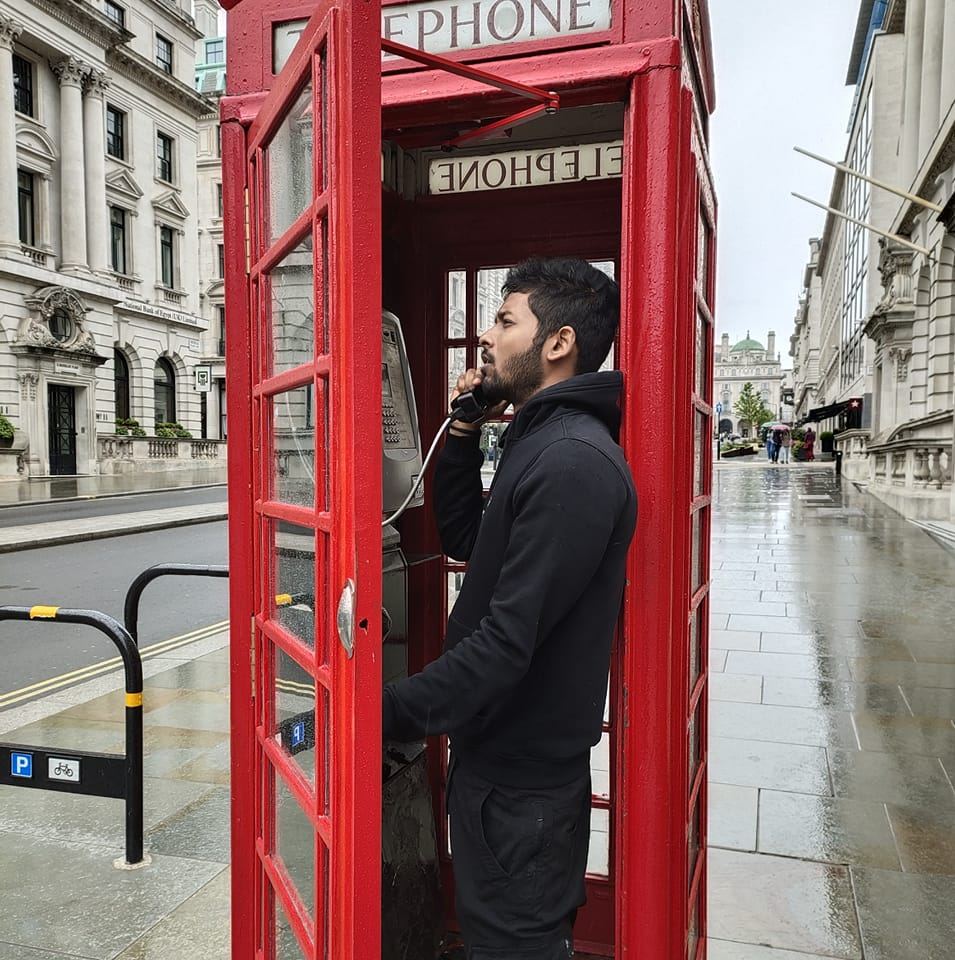Our Journey: From Struggle to Solution
Prologue: The Meeting (Bristol, 2020)
The COVID-19 pandemic had just plunged the world into uncertainty when two strangers found themselves in Bristol, united by circumstance and a shared dream. Botond Dezso, a Hungarian web developer and musician, had arrived in the UK weeks before borders closed, his guitar and laptop his only constants. Rajdeep Sarkar, fresh from completing his Master's in Data Science at the University of Bristol, watched as his post-study job offers evaporated overnight.
They met at a struggling restaurant on Old Market Street - Botond behind the bar mixing cocktails, Rajdeep serving tables. Between shifts, they bonded over their shared frustration. "I had companies telling me I was overqualified one day and underqualified the next," Rajdeep recalls, shaking his head. Botond nods, "For me, it was always 'You need UK experience.' But how do you get experience if no one gives you a chance?"
Late nights after closing, they'd sit by the River Avon, Botond strumming his guitar while Rajdeep sketched data architectures on napkins. The Clifton Suspension Bridge loomed in the distance - a symbol of connection that felt painfully ironic as they remained disconnected from the tech boom happening around them.
Chapter 1: The Struggle (2020-2023)
For three grueling years, they faced the UK job market's harsh realities. Botond's portfolio of complex web applications earned him interviews but no offers. "One hiring manager told me my European experience didn't count," he says, the memory still raw. Rajdeep faced the "overqualified immigrant" paradox - his Master's from a top UK university somehow making him less employable for entry-level positions.
The numbers told a frustrating story: While UK tech job vacancies surged to 160,000 in 2021 (a 50% increase from 2020), international graduates like Rajdeep faced a 28% unemployment rate according to HESA data. Botond, needing sponsorship, found only 12% of web development roles were open to non-UK citizens.
Yet the pandemic had accelerated digital transformation across industries. Cloud computing jobs grew 92% year-over-year (LinkedIn 2021 data), and data engineering roles saw 78% growth. "We could see the opportunities," Rajdeep explains, "but the system kept us locked out."
Their breaking point came in winter 2022. After 18 months of rejections, Botond received yet another "we've decided to move forward with another candidate" email while waiting tables. That night, over cheap wine in their cramped flat, the first seeds of Braintech Blueprint were planted.
Chapter 2: The Vision (2024)
Their research revealed a painful irony: While they couldn't get hired, UK companies desperately needed their exact skills. The UK Digital Strategy 2022 highlighted a critical shortage of 100,000 cloud engineers and 50,000 data professionals. Yet traditional education wasn't keeping pace - university courses took years to update, and bootcamps focused on junior developers.
"We realized the problem wasn't our skills," Botond explains, "it was the bridge between education and employment." They began mapping out a curriculum that combined Botond's frontend expertise with Rajdeep's data science knowledge, focusing on the precise skills employers demanded.
Their "aha moment" came while analyzing job postings. "We saw the same tools repeated - AWS, React, Python, TensorFlow - but no program taught them together in a practical way," Rajdeep recalls. They prototyped their first course using free tiers of cloud services, teaching themselves Kubernetes and Terraform along the way.
The name emerged during a walk across the Clifton Suspension Bridge. "It's about building bridges," Botond said, watching the sunset over the Avon Gorge. "A blueprint for tech careers." That night, they registered www.braintechblueprint.co.uk.
Chapter 3: The Launch (2025)
January 2025 marked their official launch. Botond's creative vision shaped an engaging learning platform, while Rajdeep ensured technical robustness. Their first courses targeted the most painful gaps they'd experienced: "Full-Stack Development with Cloud Integration" and "Data Engineering for Real-World Applications."
What set them apart was their employer network - built through hundreds of rejected job applications. "Those same hiring managers who said no to hiring us said yes to partnering," Rajdeep notes with irony. Their curriculum advisory board included tech leads from companies that had previously rejected them.
Their first cohort included 30 students - international graduates, career changers, and overlooked talent. "Seeing our first student, a former bartender like me, land a £45k developer job... that's when I knew we'd built something real," Botond says, emotion creeping into his voice.
Today, their office overlooks the same River Avon where they once dreamed of breaking into tech. The Clifton Suspension Bridge remains their daily reminder - of connections made, barriers broken, and journeys that begin with rejection but can lead to redemption.
Epilogue: The Beginning
As of March 2025, Braintech Blueprint stands at the beginning of its journey. The restaurant where they met has closed, but its legacy lives on in their mission. Botond still plays his guitar during late-night coding sessions; Rajdeep still analyzes every decision with data-driven precision.
Their story reflects the UK's tech paradox - a sector booming with opportunity yet riddled with systemic barriers. "We're not just teaching skills," Rajdeep explains. "We're building the bridge we needed when we were on the other side."
For international talent, career changers, and anyone told they "don't have the right experience," Braintech Blueprint represents more than training - it's proof that rejection can be the foundation of something transformative. As Botond often says while gazing at their namesake bridge: "The best view comes after the hardest climb."


